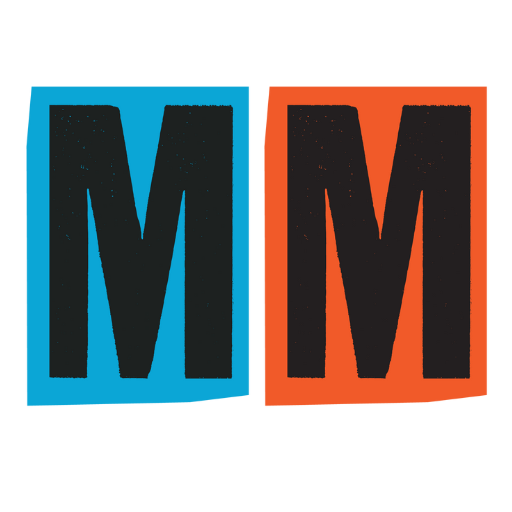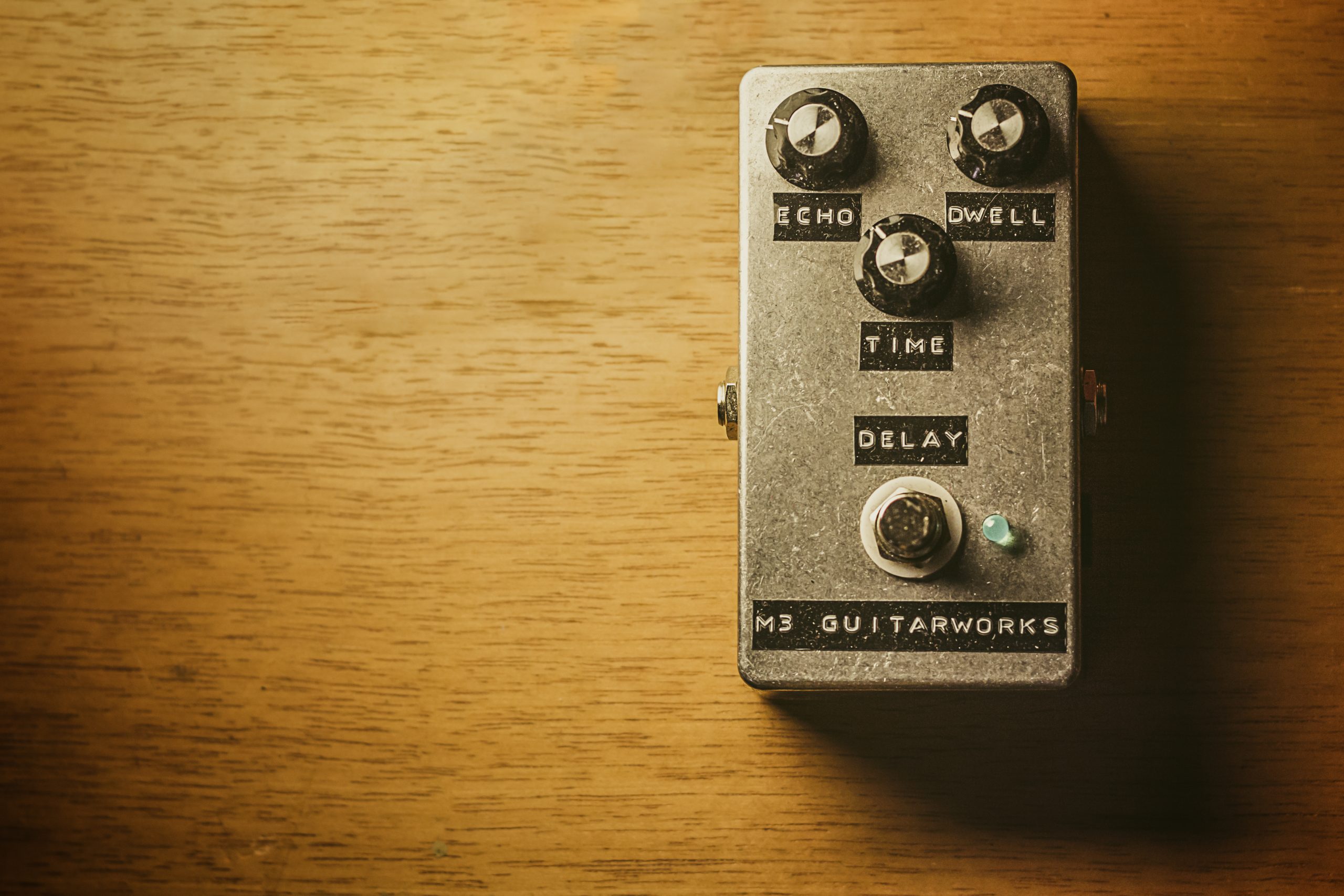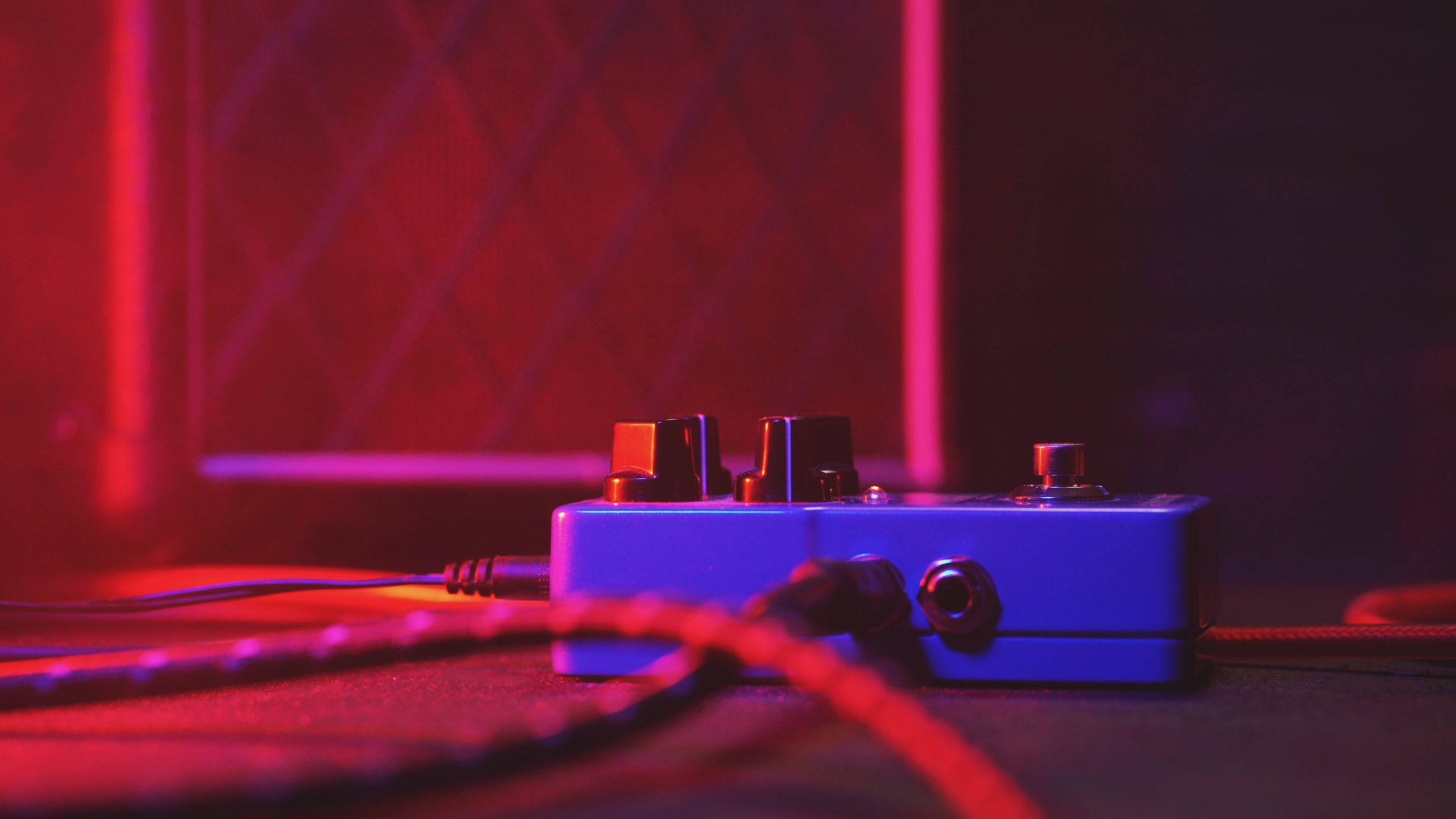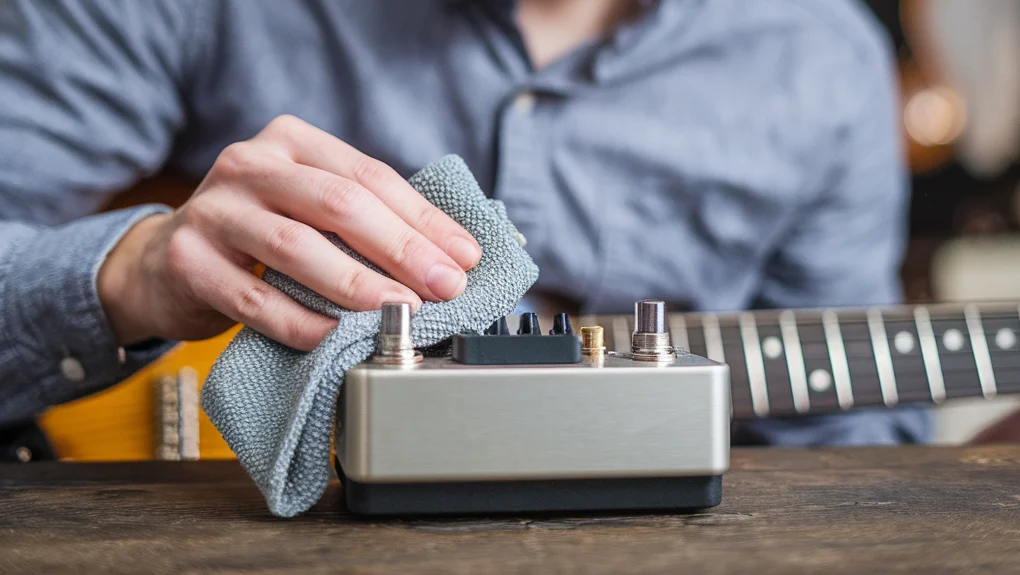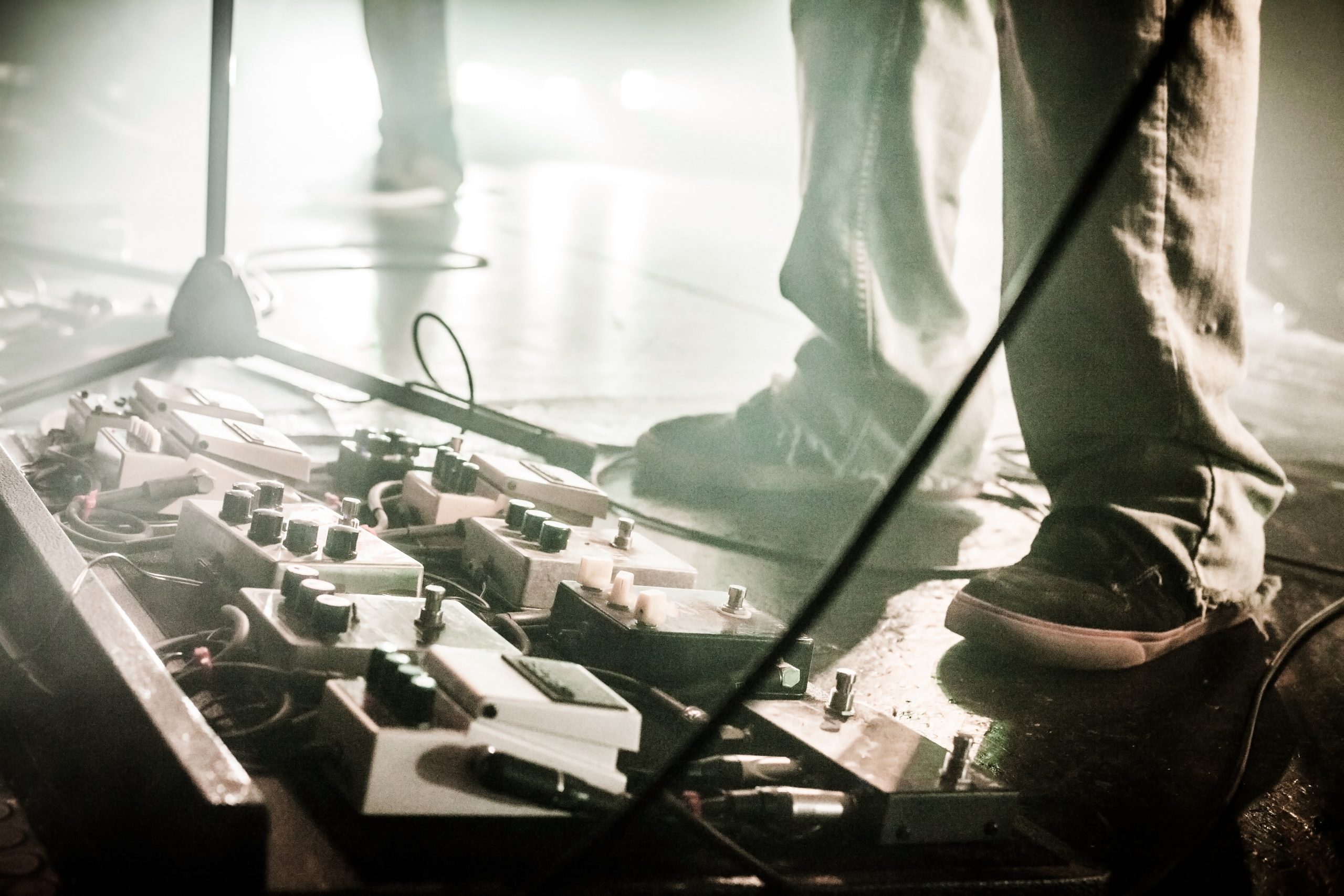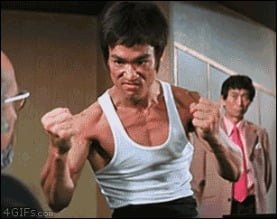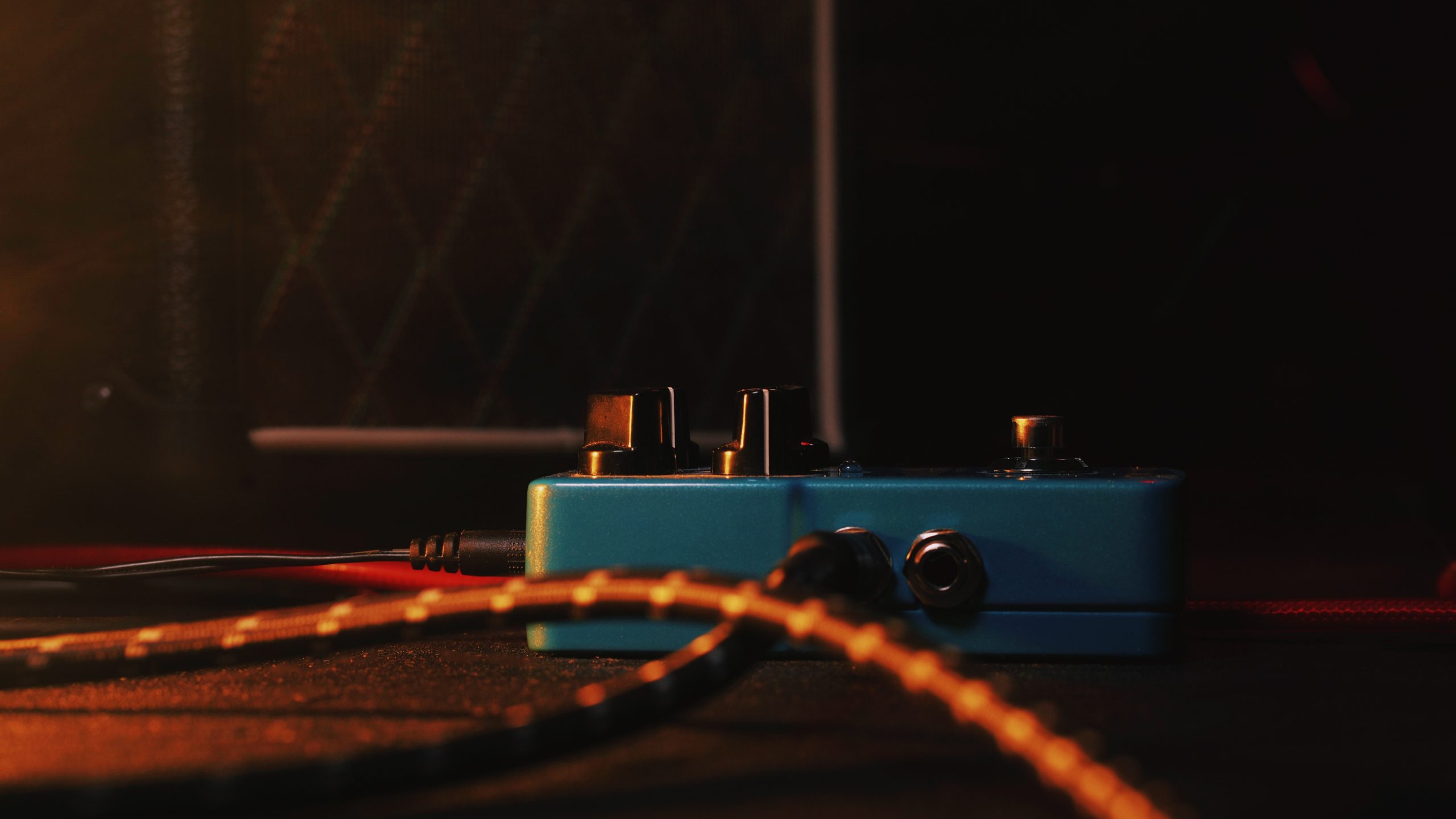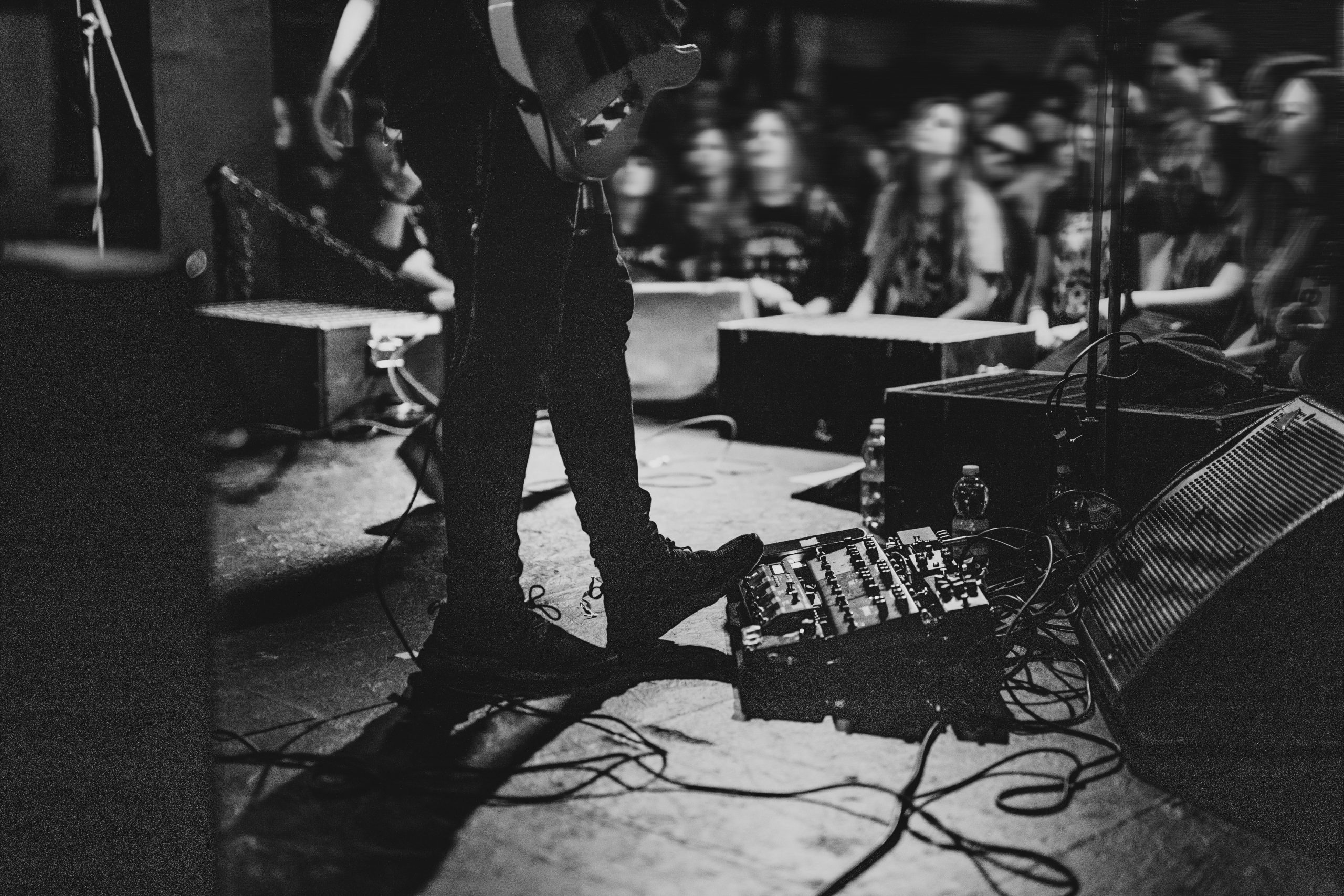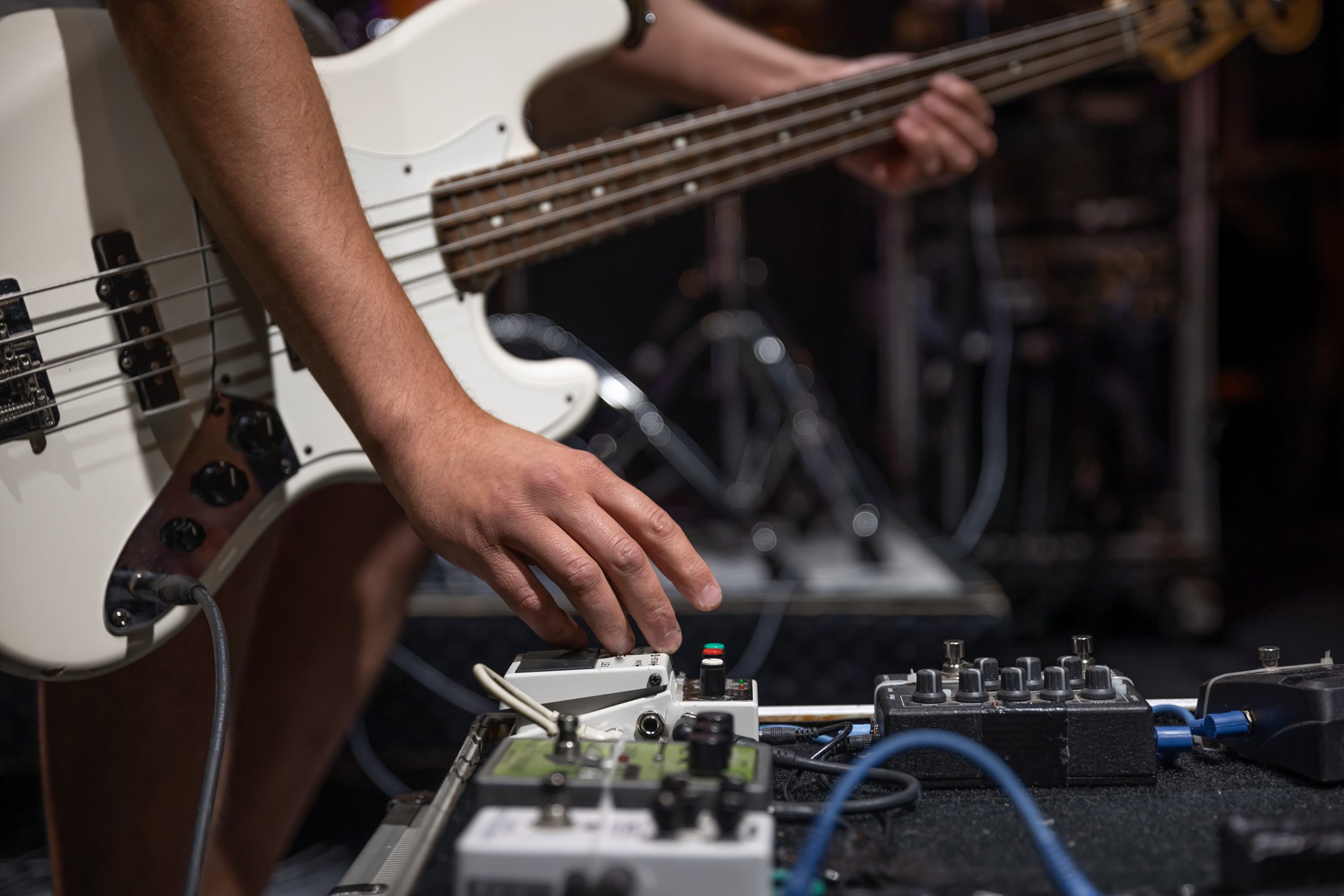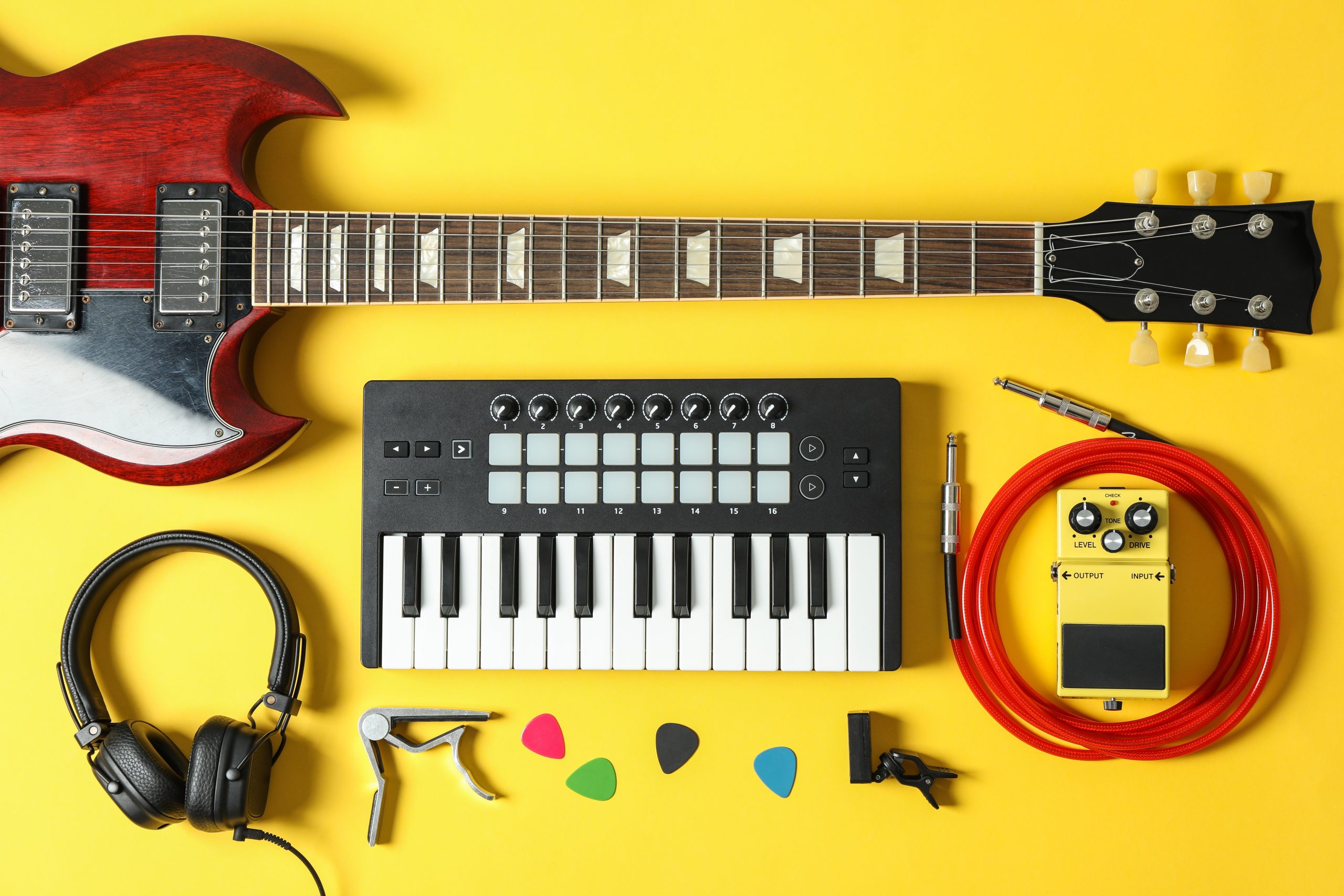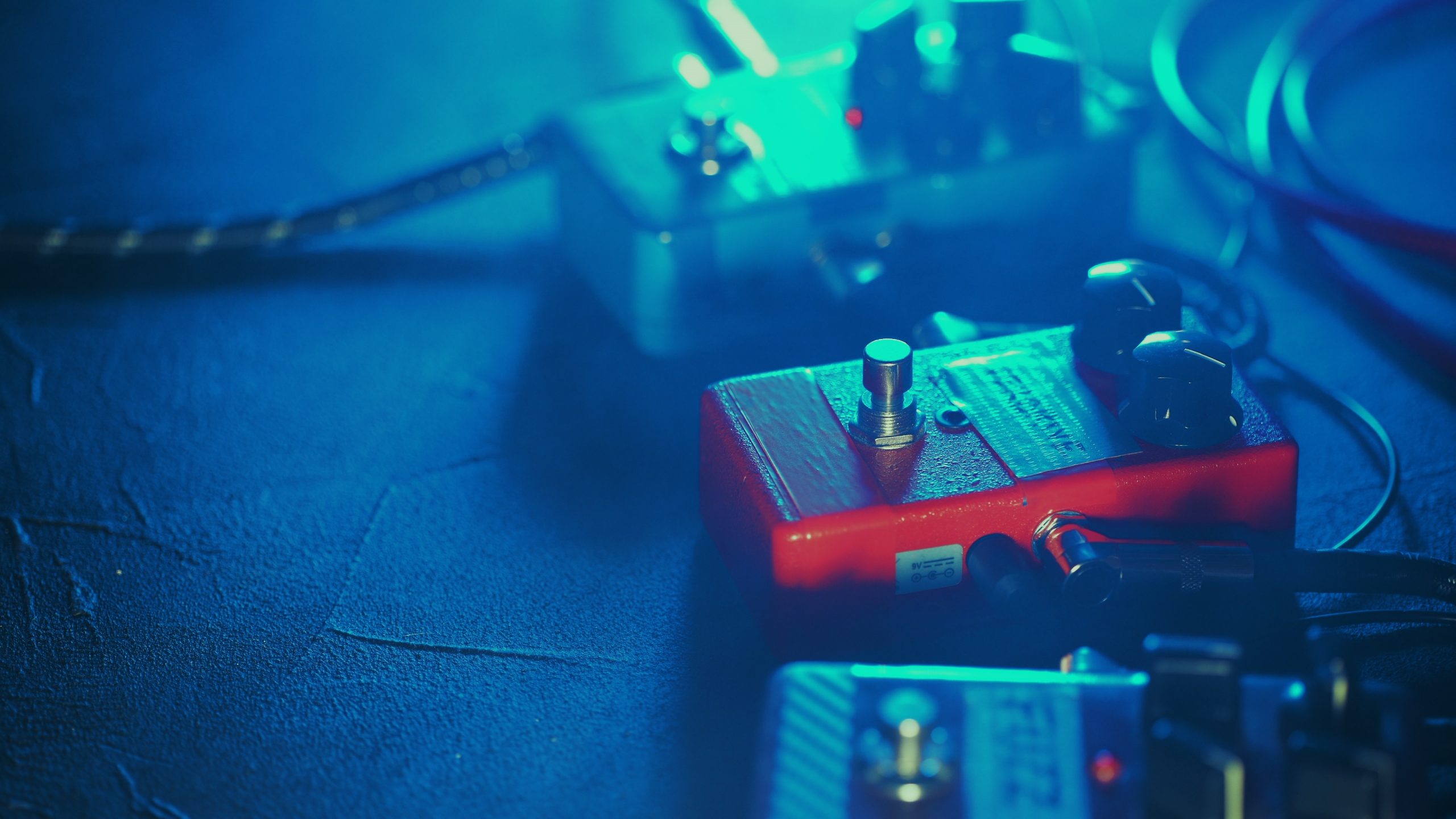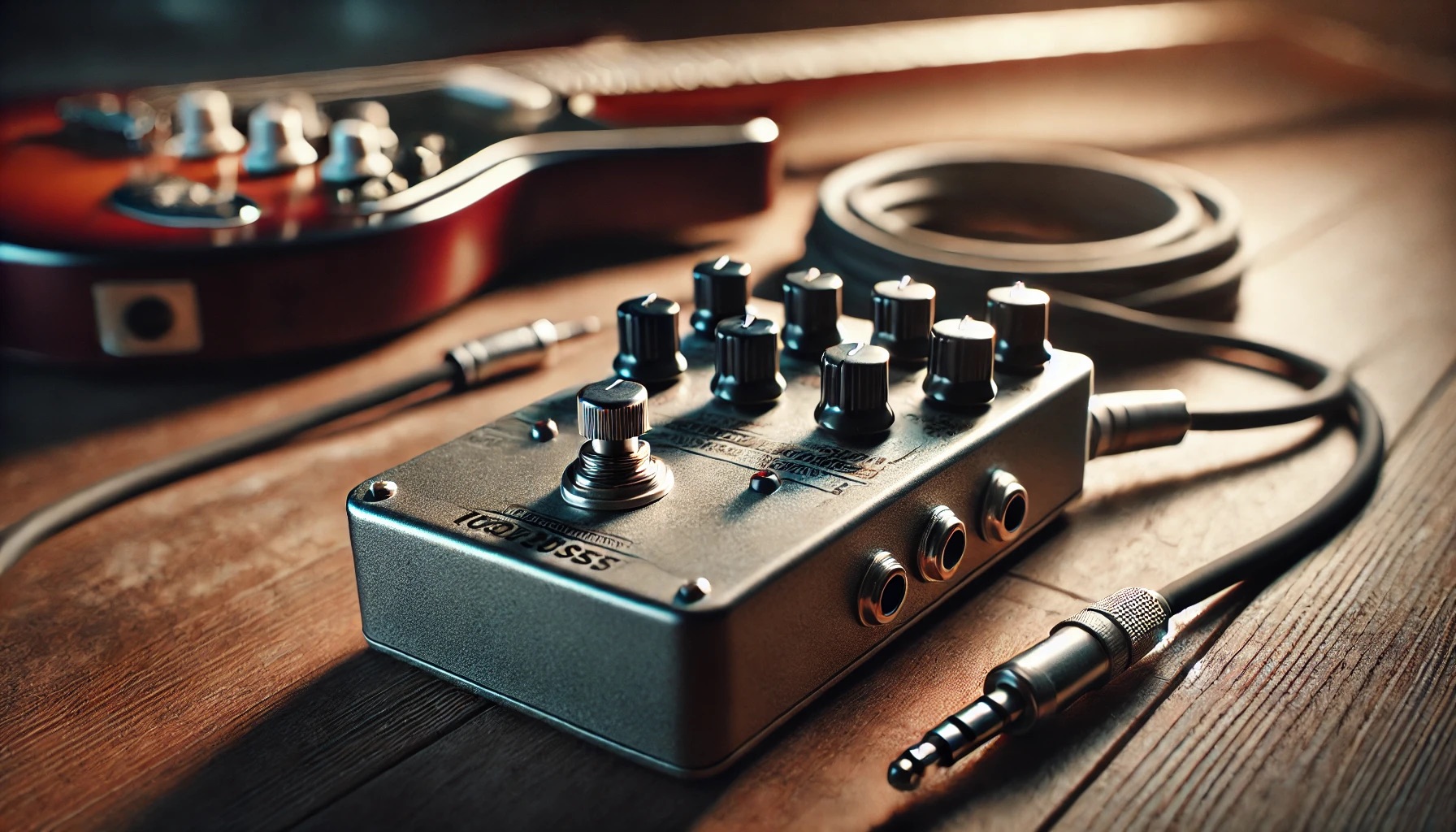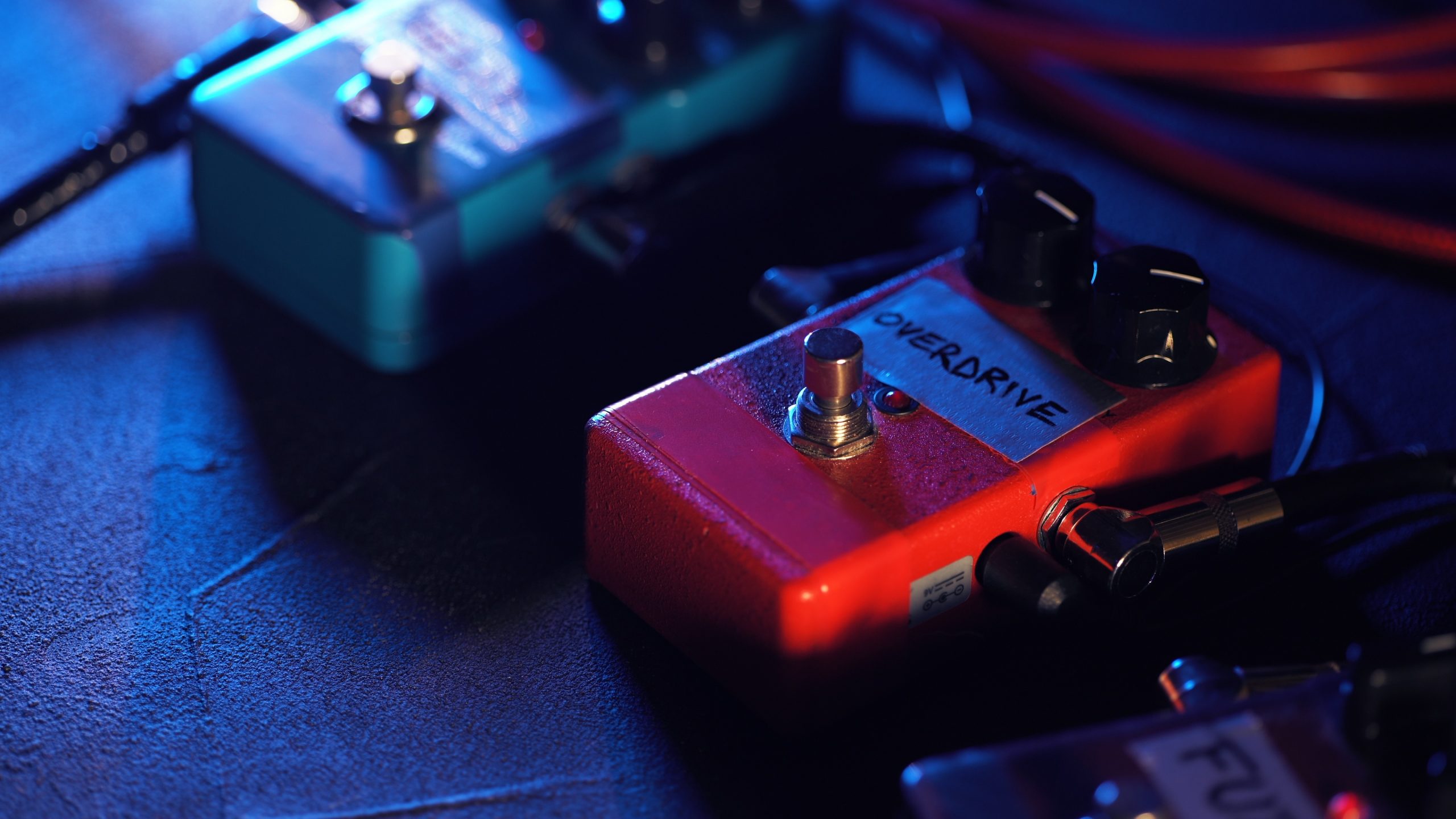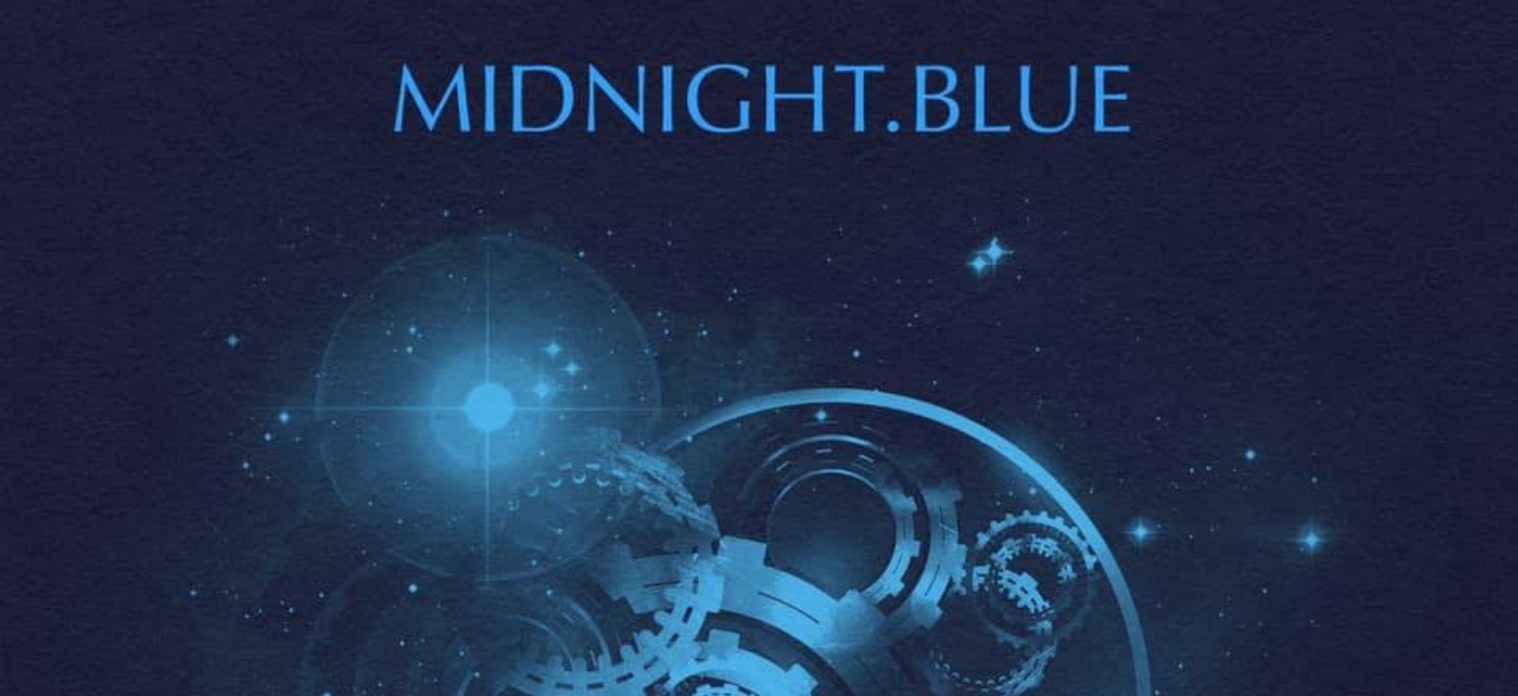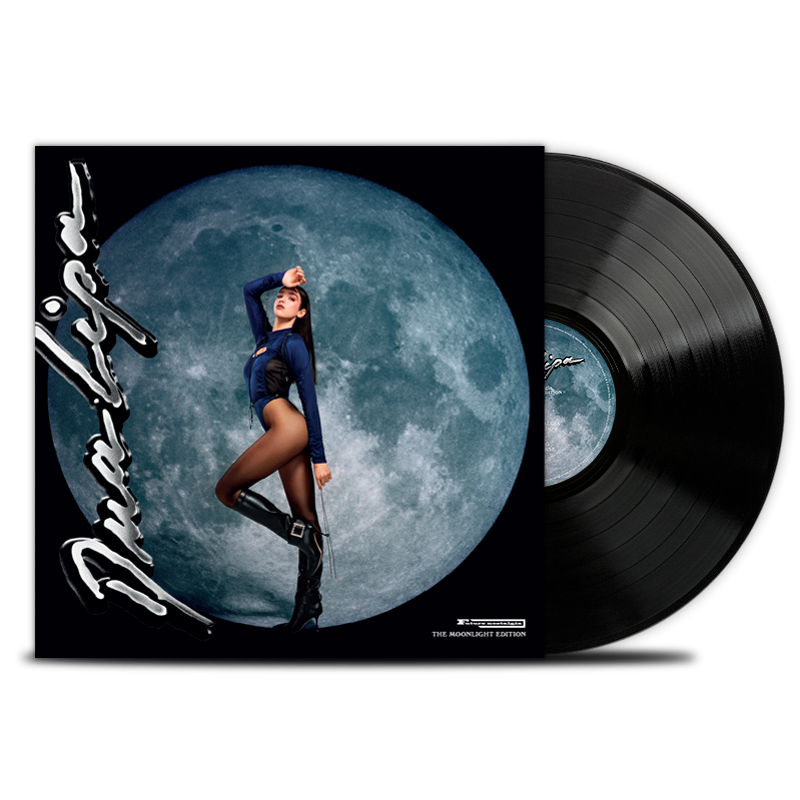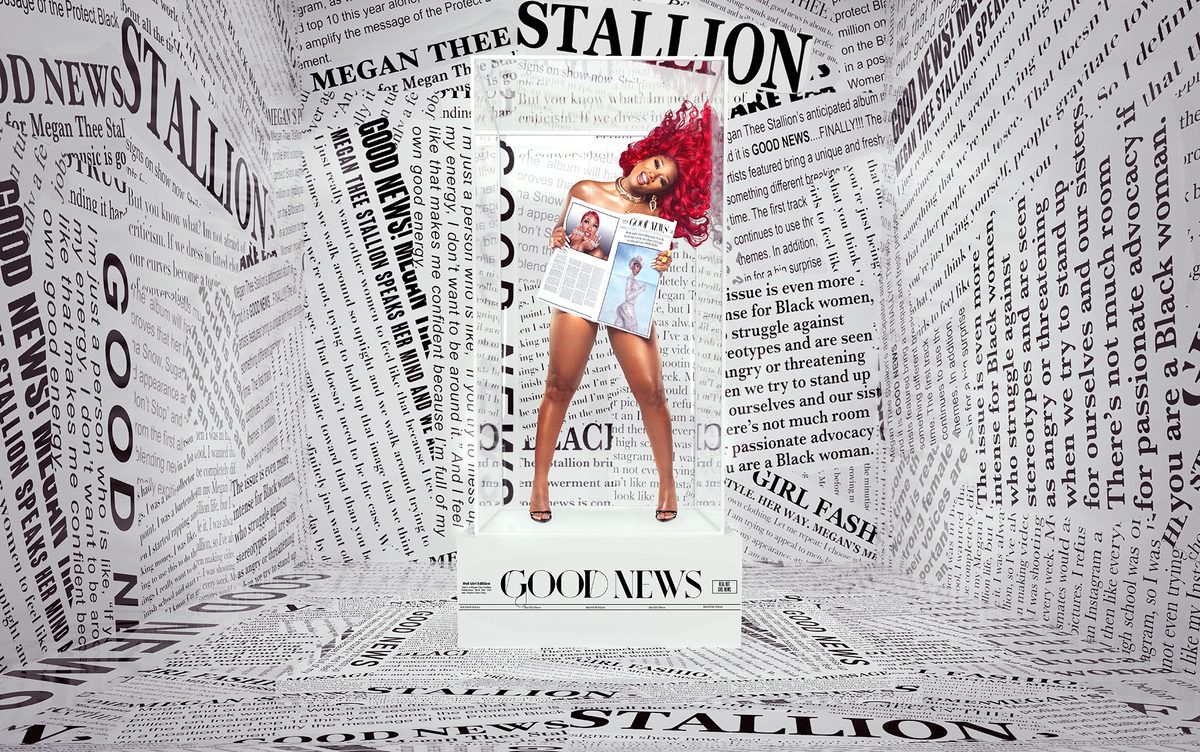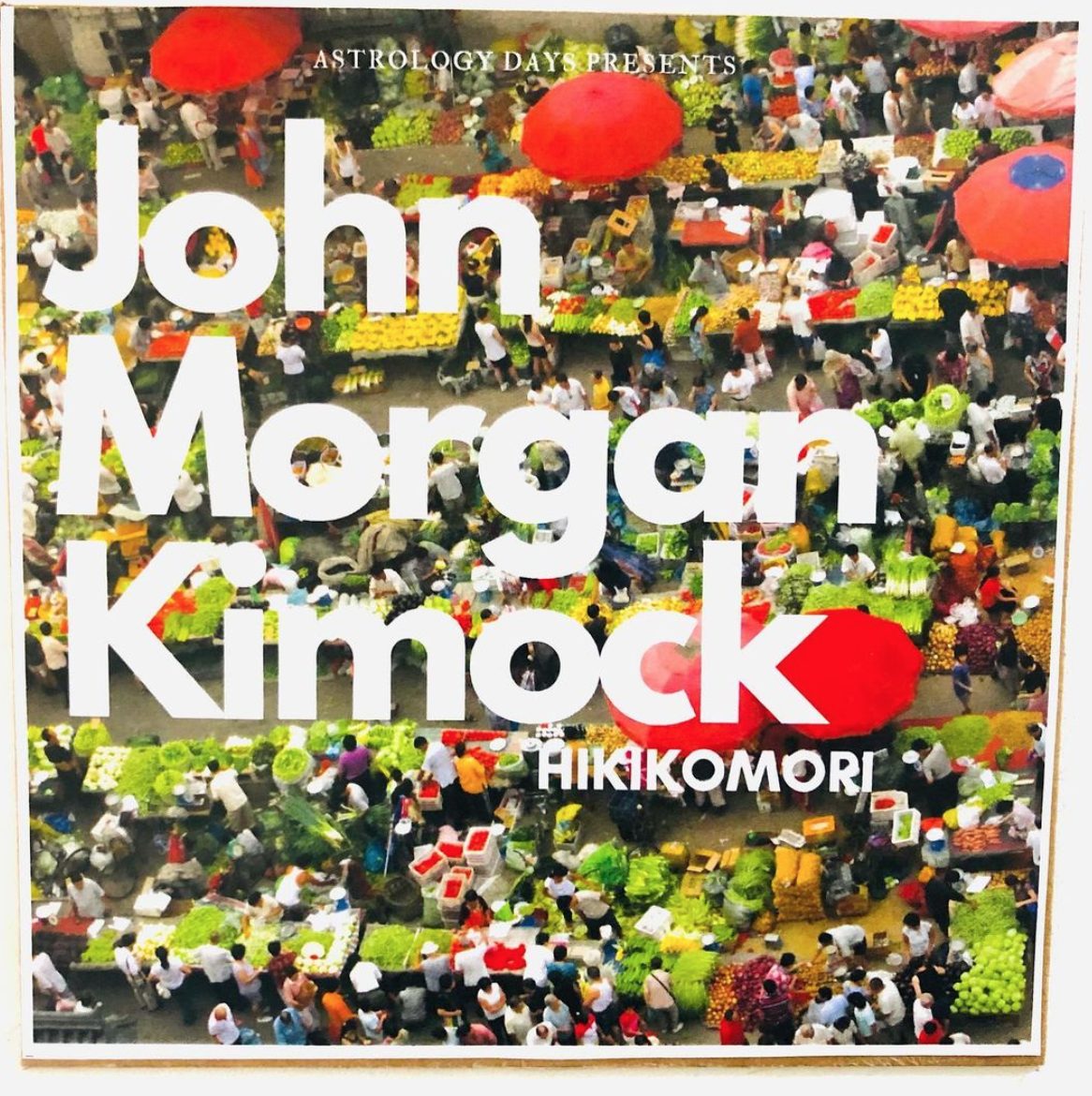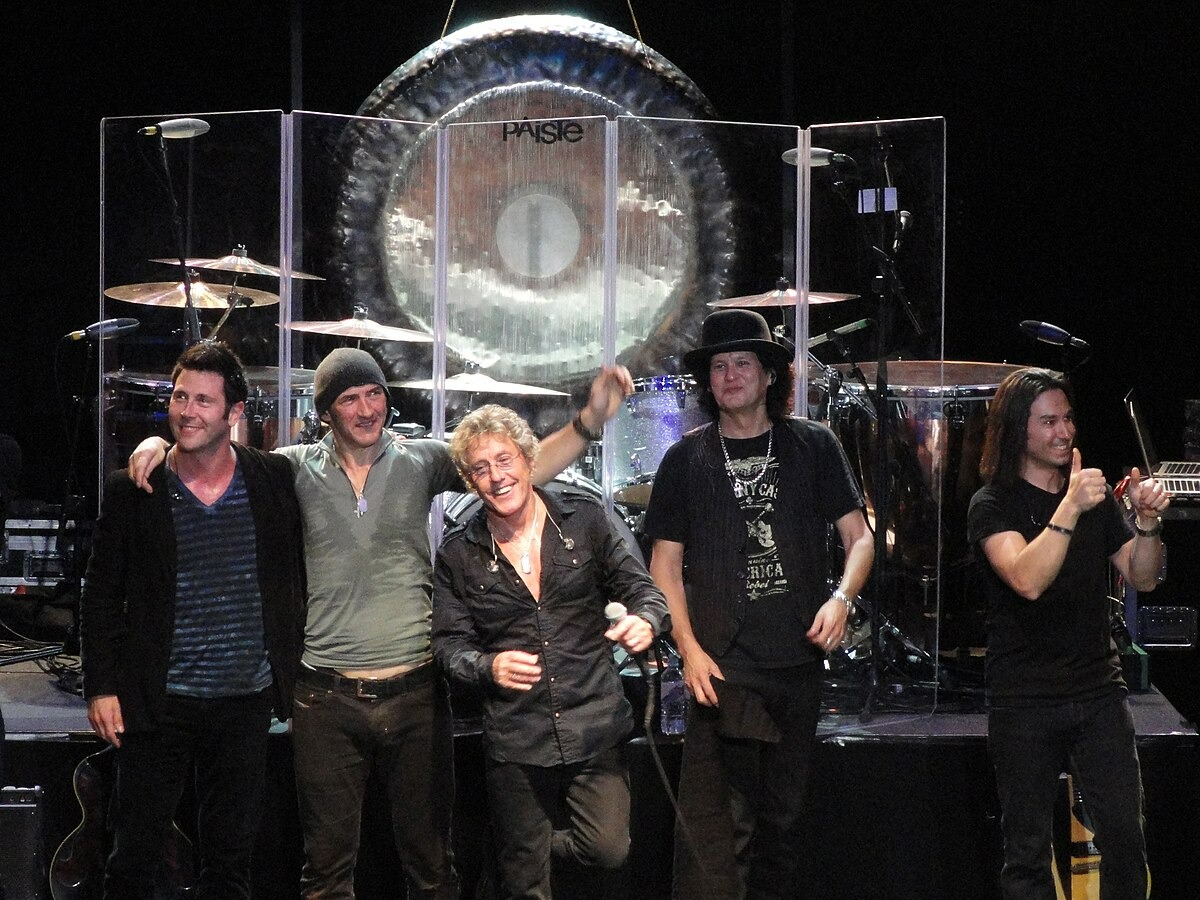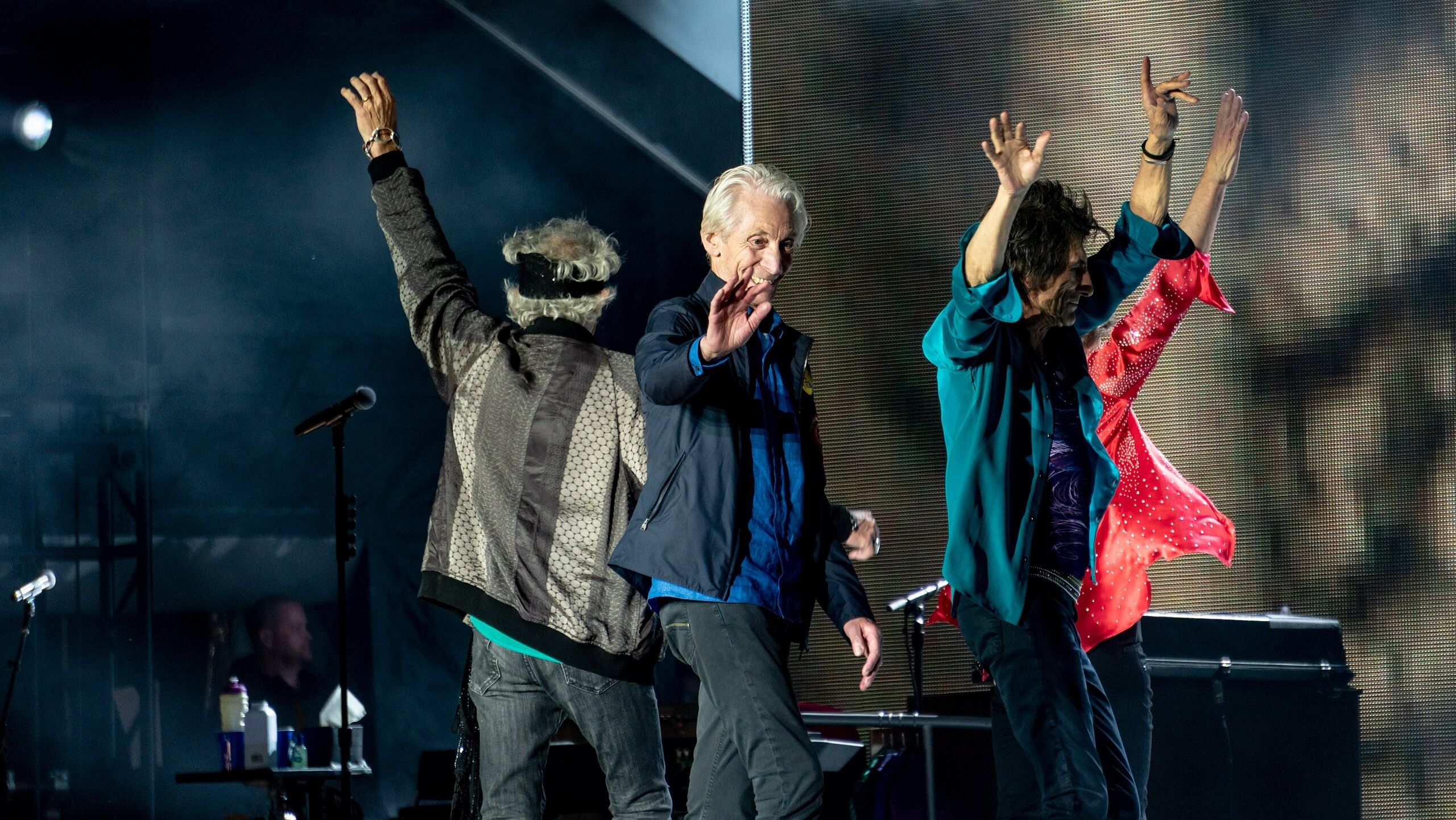KEY TAKEAWAYS
- Delay stompboxes are extremely popular in various musical styles due to their versatility.
- Simply put, a delay records a second or so of the original sound and moves it off-time by several milliseconds, depending on the delay time and original guitar signal.
- This allows digital delay pedals, analog delay pedals, and various digital pedals to create wild atmospheric sounds or simple slapback echos.
If you are new to guitar effects, you may wonder what does a delay pedal do. Many of the best guitars, after all, integrate with a vast array of effects pedals, and delay pedals are one of the more popular options for modern players. So what makes delay pedals some of the best guitar pedals, and what exactly do they do? Keep reading to find out.
Why Learn About Delay?
When learning what guitar effects are used in songs, you often encounter delay and echo. As a matter of fact, if you are just understanding exactly what guitar pedals are used for, you also come into contact with delay. In other words, a delay is one of the more popular guitar effects and certainly has a space in any jazz guitar pedal board. Delay is also used by popular guitar players if you are looking into Stevie Ray Vaughan’s pedals.
What Does a Delay Pedal Do?
A delay is a stompbox effect that completes a number of tasks to create unique tones. First, it records what you are playing in a short loop and then purposefully misaligns the signal by a few milliseconds before playing it back. This results in what is called a slapback effect, which is a form of short-tail reverb or ultra-short echo. However, you can also create longer playback times for more pronounced walls of sound.
Benefits of Delays
There are a number of key advantages to incorporating a delay into your guitar rig and pedal board.
Atmosphere
If you really want to create some atmosphere in your tone, go with a delay and fiddle with the controls until you get a longer reverberation time. This unique effect is unlike anything you can get from traditional echo pedals or reverb pedals.
Signature Slapback Sound
Many players want that signature slapback sound, particularly when playing short chords in quick succession or fanciful leads harkening back to the 1960s. Delay pedals are basically the best way to do this, aside from using an actual tape echo machine or a tape machine of any kind.
Echoes
Delay pedals are not an exact match to standard echo pedals, but they get the job done in a pinch. If you are looking to add a designated echo to your tone, particularly when playing single notes, this is a good pedal type to reach out for.
Delay Stompbox FAQs
What are the best delay stompboxes?
There is no “best” stompbox here, as it depends on what delay sound you are going for. Some players choose tape delay, while others go for digital slapback delay to create a sense of space.
Where should these pedals go in the signal chain?
This truly depends on your personal preference. Some analog delay pedals do best at the end of the signal chain, while some digital pedals work best at the beginning of the chain.
How can you get the most out of your delay?
Digital delays and analog delay pedals require plenty of practice to get the basics down. Sit down with your digital pedals or analog delay pedal and fiddle with the delay time, experimenting with shorter delay times on the original note.
STAT
“Guitarist Tom Morello, who co-founded Rage Against The Machine and Audioslave, performs as a solo artist under the name The Nightwatchman. He uses the original Boss digital delay, the DD-2.” (source)
TIP: Many modern delay pedals boast a number of unique knobs and dials to truly create some wild sounds.
Sources:
https://www.youtube.com/watch?v=9LWRgA597O4
https://reverb.com/news/what-does-a-delay-effect-pedal-do-the-basics
https://www.hexachord.net/what-does-a-delay-pedal-do-and-how-does-it-work/
https://en.wikipedia.org/wiki/Delay_(audio_effect)
